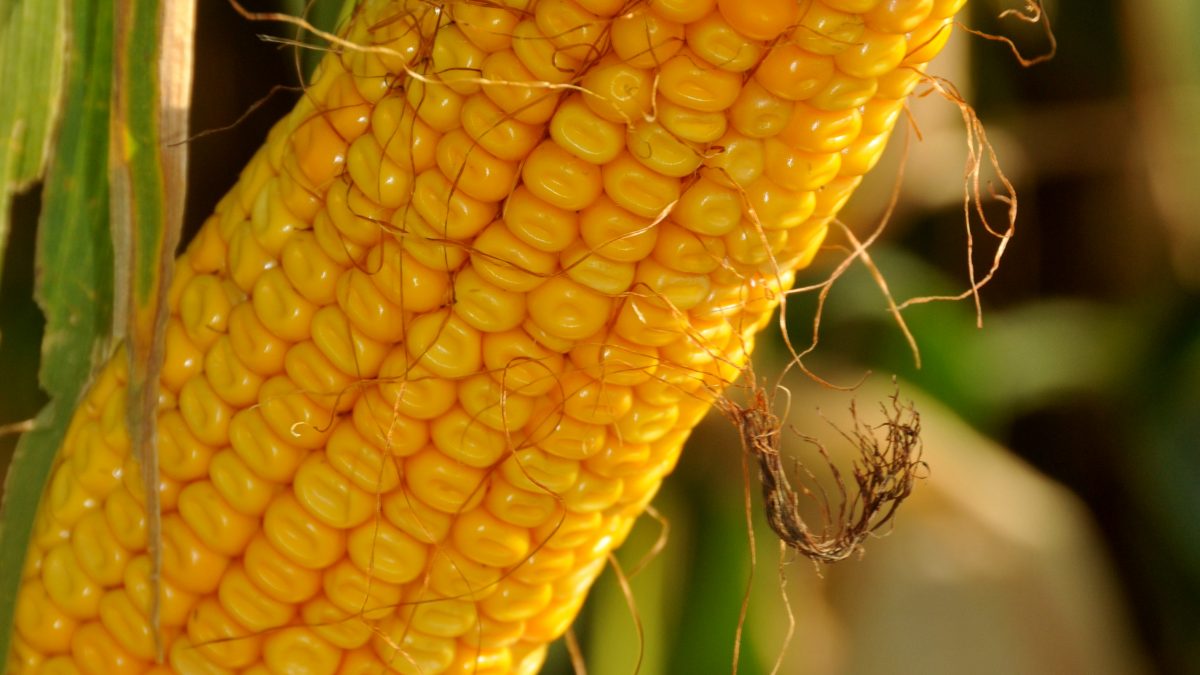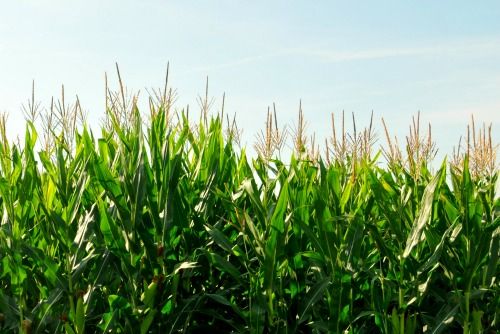How to Evaluate Your Corn Now to Make Next Year More Successful

September is a great time of year. Football is back, the weather is cooling down, hunting season is getting started, and harvest is right around the corner. Maybe these are my preferences but I think many of you can relate. One of my other favorite parts of September is evaluating my corn so I know how to improve my methods for next year.
We have a lot of technology at our hands today that can help us, but putting boots in the field to get a look at the crop before you harvest can fact check some of information you receive from the technology.
Planting data, imagery from the summer, and data from the combine can all be combined to paint the picture of your field for the year. This information is the results but how do you find the “whys”?
Begin by getting an ear count per acre from four or five spots in your field in the same way you do a plant stand count. Ear counts can be different than stand counts and since it’s the grain you will harvest, this information may be more useful. Ideally you should be within 1,500 ears of your intended planting rate.
Next, check the ears for kernel rows, both around and length. You will now have your kernels per plant. Take that number times your ear count to get your kernels per acre and divide by 90,000 (average kernels per bushel, adjust for test weight differences).
Remember, ear girth is determined around V5 and ear length is determined just prior to tasseling (early to mid-July for most of you). However, environmental stresses affect ear length more than they do ear girth.
A good way to check if you planted the correct amount of seed per acre is to take a look at the tips of the ears. Preferably, the ears should have ¾” of un-harvestable kernels. Ears filled to the end show that the soil had more than enough resources to support a higher population. Tip-back more than ¾” shows that the plant ran out of resources and could mean more than too high of population. Were these lost kernels not fertilized or did they not fill due to lack of nutrition?
If inconsistencies are found in the field, investigate the area and note what you find to help you identify the issue. Lodging spots, stalk diameter differences (showing late emergence), insect damage, and nutrient deficiency symptoms are all good indicators of yield variability and should be documented.
Knowing your fields “whys” will help you identify some “whats” this winter when looking at your yield maps.






